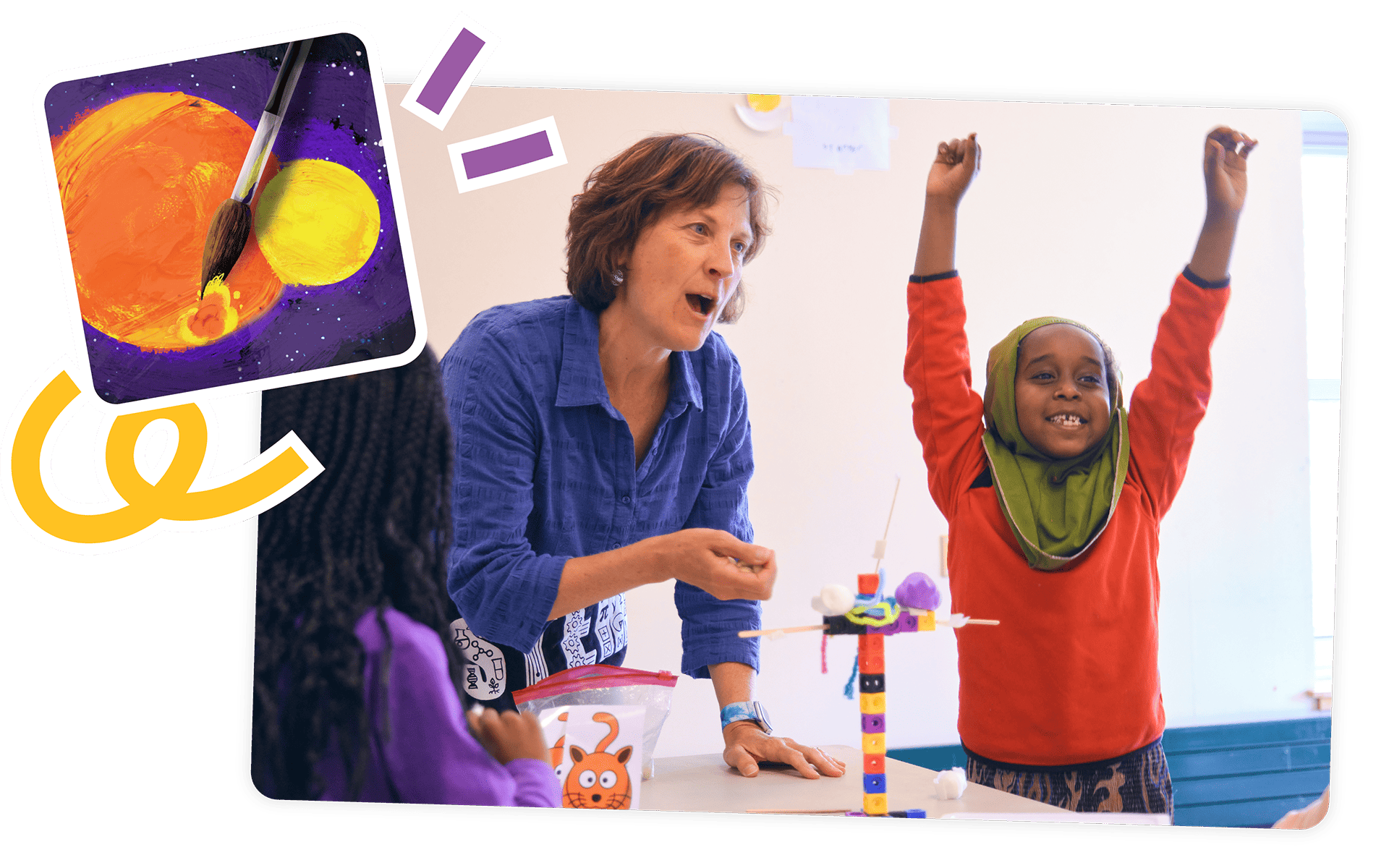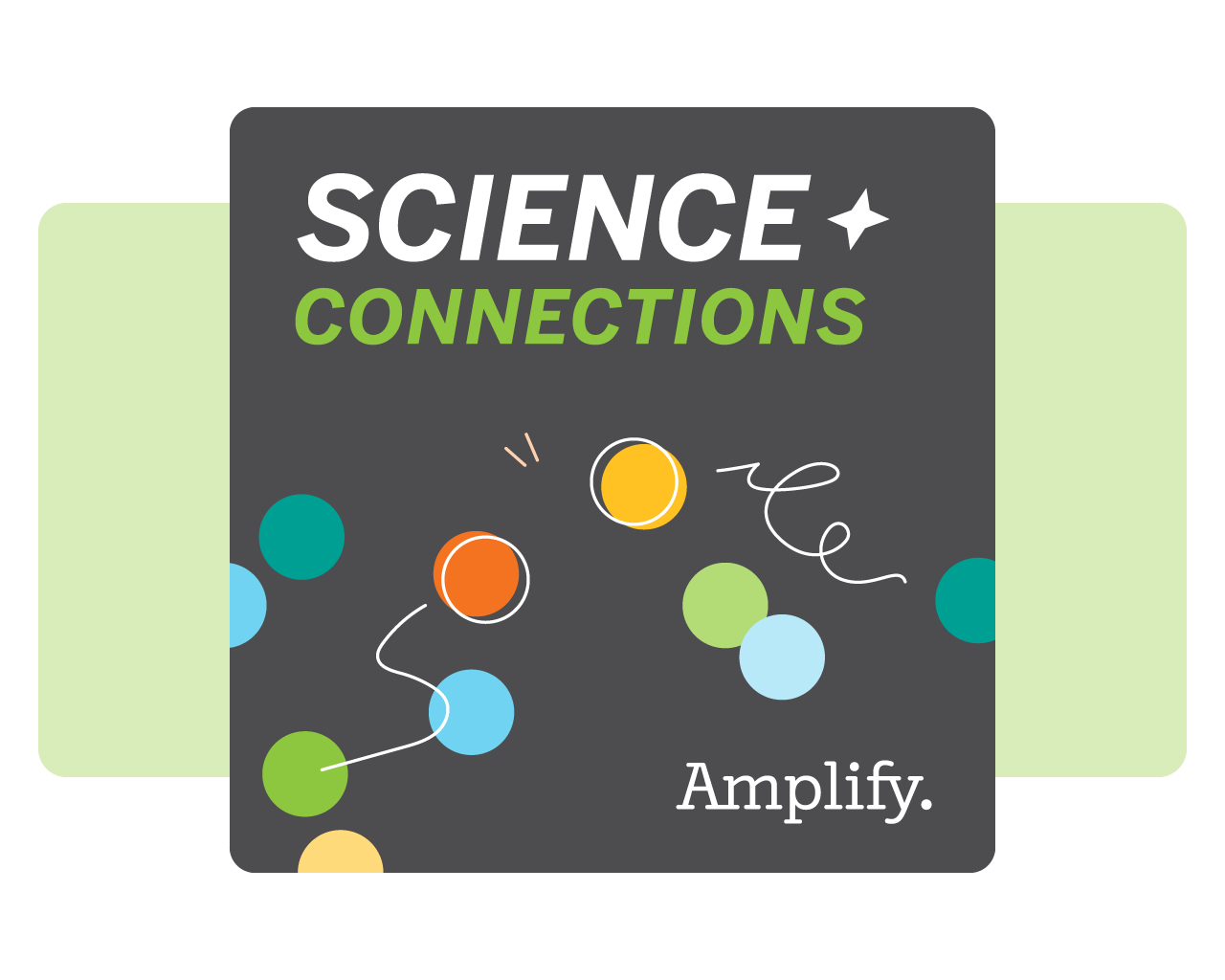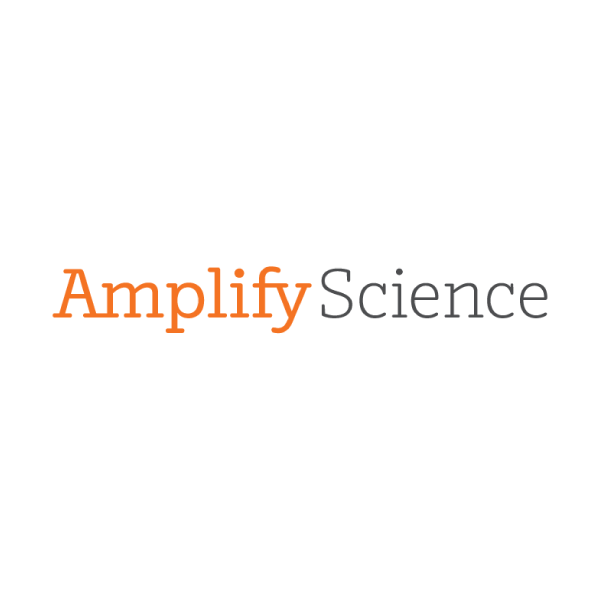
Science teachers: We got you.
“Teaching through a pandemic called for so much innovation, resilience, and sacrifice,” says Eric Cross, host of the podcast Science Connections and a K–8 science teacher who’s spent 10 years in the classroom.
“As education continues to evolve with new technologies like artificial intelligence, [teachers] keep rising to meet each moment with wisdom and courage.”
And with that innovation in mind, we’re here to get you ready to go back to school.
From fun classroom activities to professional learning opportunities, our strategies are designed to help you walk back into your science classrooms feeling energized, inspired, and supported by a science community.
As Cross says: “We’re all in this together.”
1. First-day fun: Plan interactive classroom activities. How about some Icebreaker Bingo? Create a Bingo card that invites students to find classmates who can answer “yes” to science-related descriptions (e.g., “Has a pet reptile,” “Enjoys stargazing”). Activities like these help students uncover common interests while also providing background knowledge. They can also remind students that science doesn’t just happen in the science classroom—it’s an integral part of their lives and worlds, too.
2. Student success: Work with school colleagues and leadership toward shared goals. Review what systems may already be in place and consider adding more. You might:
- Schedule regular team meetings to set and work toward common goals.
- Establish a professional learning community to share science resources for teachers.
- Amp up the use of data to inform decisions. Ask your team: What student performance data and assessment results can we use to see where improvements are needed?
Approaches like these will help build a network of support for science learning, and support every educator in taking steps to help students grow.
3. Set the tone for the year: We are scientists. You might have learned science by starting with a principle and then exploring it in the real world. Today, we know it’s more effective to start by observing a phenomenon, then trying to predict or explain it. In fact, that’s what scientists do. And when your students do that, they become scientists, too. Let students know from day one that that’s who they are to help them start the year motivated and engaged.
4. Cultivate community: Build a science ecosystem. Find ways to involve caregivers in student learning and create a continuum between the classroom and their everyday lives. You might:
- Collaborate with students on writing a weekly science newsletter or blog with classroom updates and suggested at-home activities.
- Organize family science days or nights (IRL or online) for students and caregivers to do some hands-on science together.
- Create simple but engaging science challenges for students and caregivers to do together. (Paper airplane distance contest, anyone?)
5. Use free professional learning opportunities for teachers from Amplify Science. Explore upcoming Amplify Science webinars, designed to support you—along with your schools and districts—in using collaborative, effective, and engaging science practices in the classroom. You’ll hear from thought leaders in science education, observe real science students in K–5 classrooms, and much more.
Ready to dive into professional learning right away? Check out our on-demand science webinar library. From quick tips to longer continuing education (CE) credit options, our on-demand webinar library is sure to have just what you need.
Free science resource toolkit
Our free toolkit of science resources will make it even easier for you to implement all of the tips above while setting science students up for success. These resources aren’t just for teachers—administrators and caregivers can use them, too! A robust science program means giving the right tools to not only those who teach, but everyone who supports students’ science learning. The resources in the toolkit will:
- Help you craft a dynamic science curriculum during the crucial first weeks of school.
- Support student engagement and spark new inspiration in your classroom practices and activities.
- Offer learning opportunities you can access now or on demand whenever you need them.
We hope these resources will serve you and your young scientists all year long!



